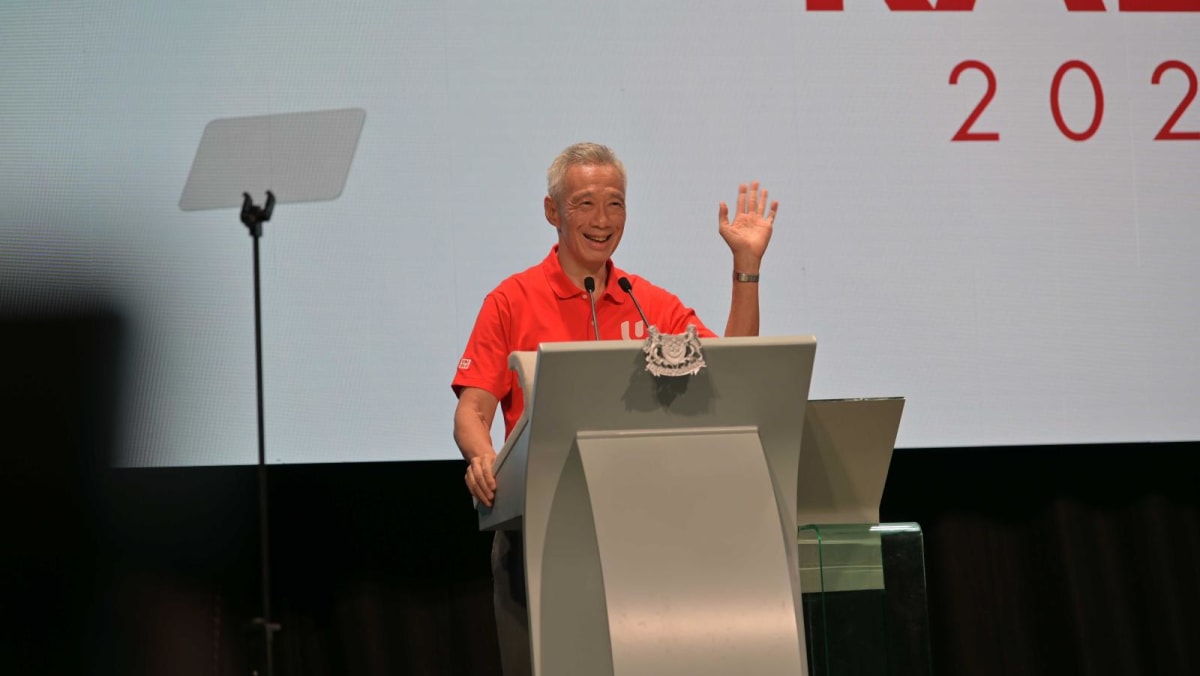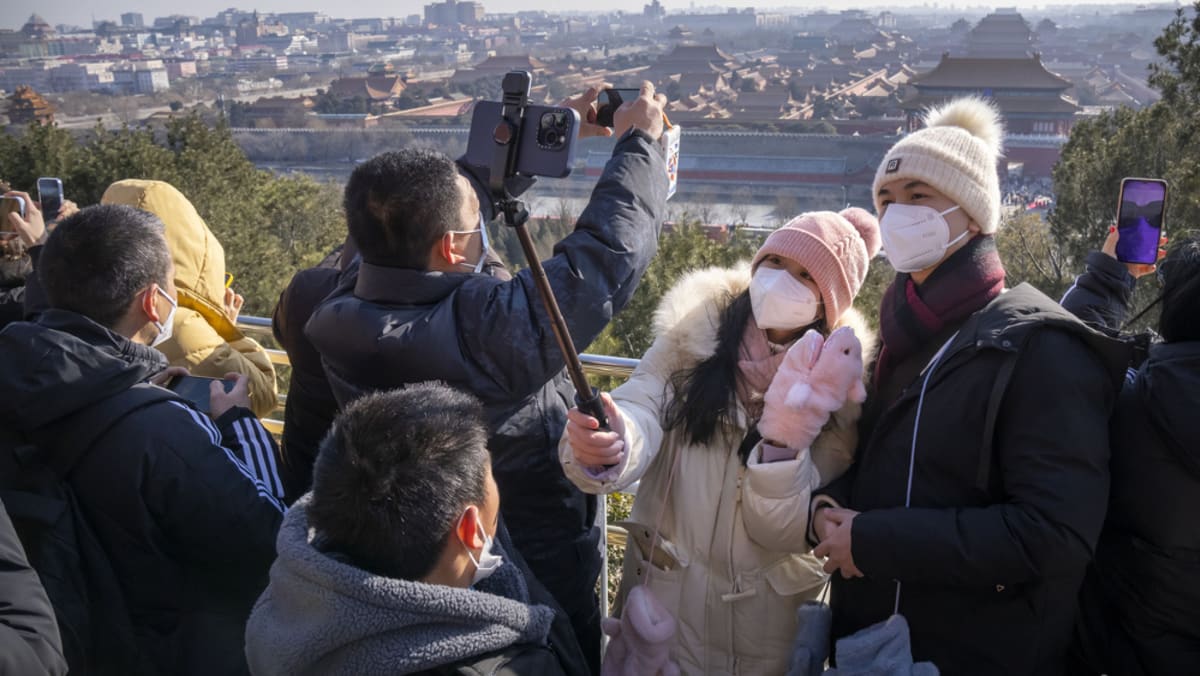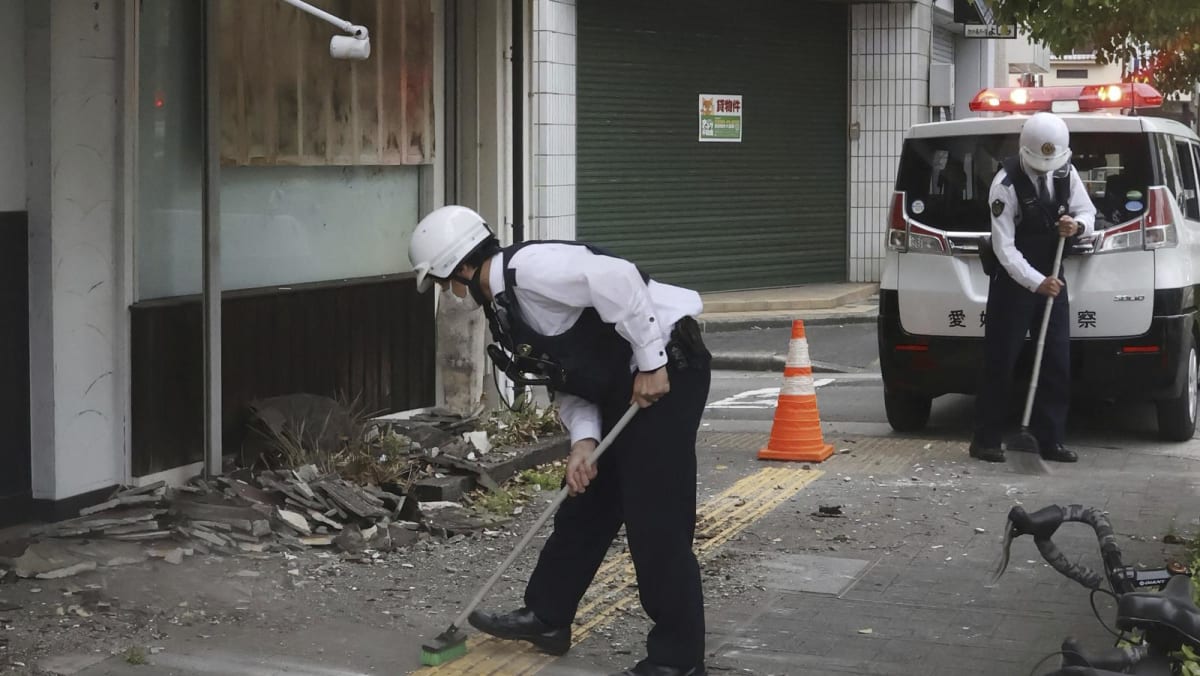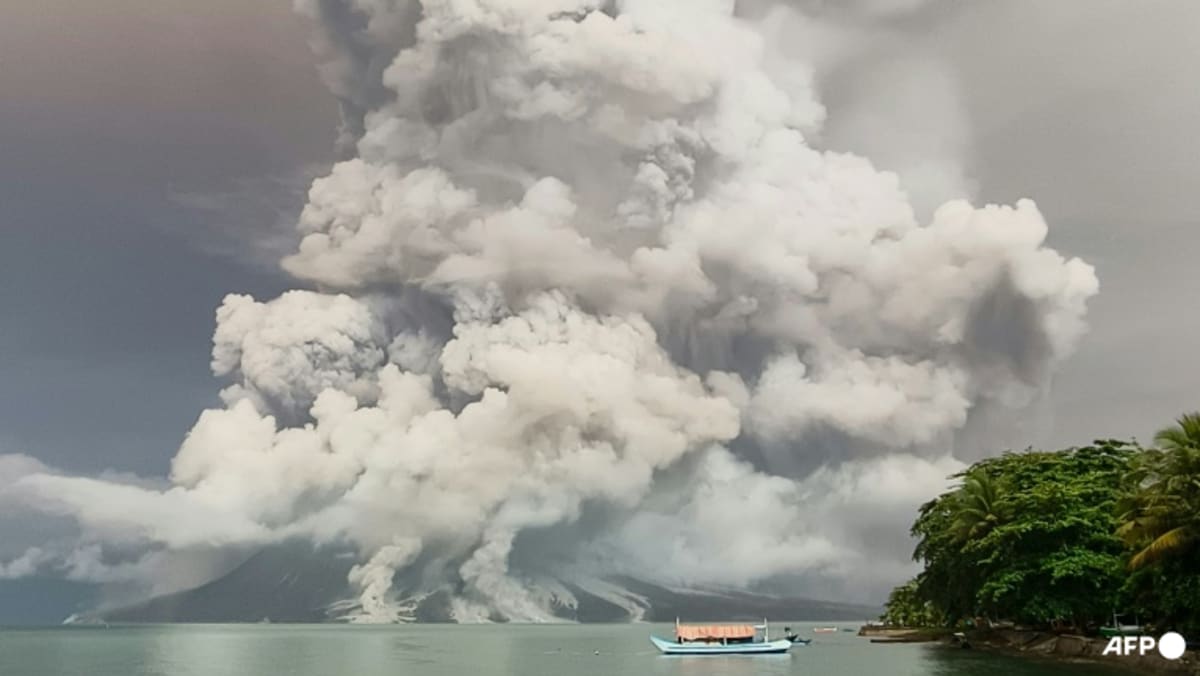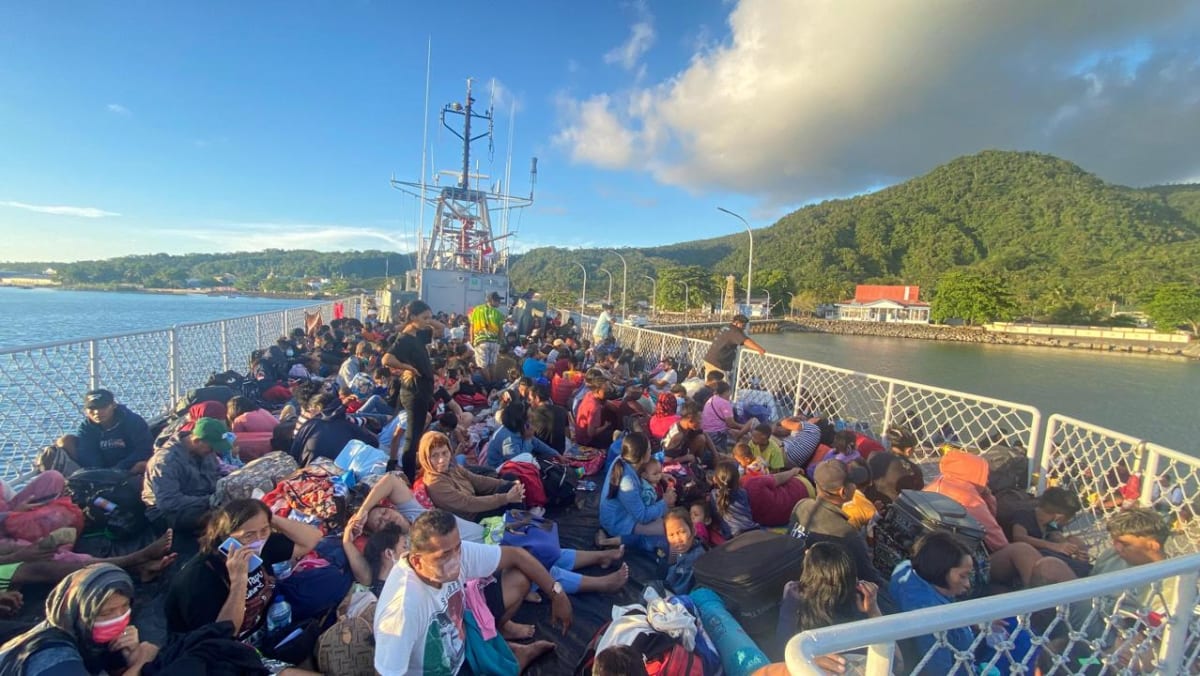In Ozu city in Ehime, at least one landslide blocked a road while falling rocks also blocked some roads in Uwajima city.
The late-evening quake shocked residents of the area.
“I was about to go to bed when I felt the rumbling and knew a quake was coming. Then I felt the kind of jolt that I’ve never experienced in my life, and it kept shaking for 10 or 20 seconds,” a fisherman from the Ehime region told broadcaster NHK.
“I was a bit panicky,” he said, adding that some small objects fell over in his house, although there was no major damage.
Sitting on top of four major tectonic plates along the western edge of the Pacific’s “Ring of Fire”, Japan is one of the world’s most tectonically active countries.
Japan’s biggest quake on record was a massive 9.0-magnitude undersea jolt in March 2011 off its northeast coast, which triggered a tsunami that left around 18,500 people dead or missing.
The 2011 catastrophe also sent three reactors into meltdown at the Fukushima nuclear plant, causing Japan’s worst post-war disaster and the most serious nuclear accident since Chernobyl.
Despite stricter building guidelines, many structures, particularly outside major cities, are old and vulnerable.
This was brought home in the 7.5-magnitude quake on Jan 1 this year that hit the Noto Peninsula and killed more than 230 people, many of them when older buildings collapsed.
On Apr 3, a 7.4-magnitude earthquake struck Taiwan, killing 16 people and injuring more than 1,100 others, with strict building codes and widespread disaster readiness credited with averting a bigger catastrophe.

